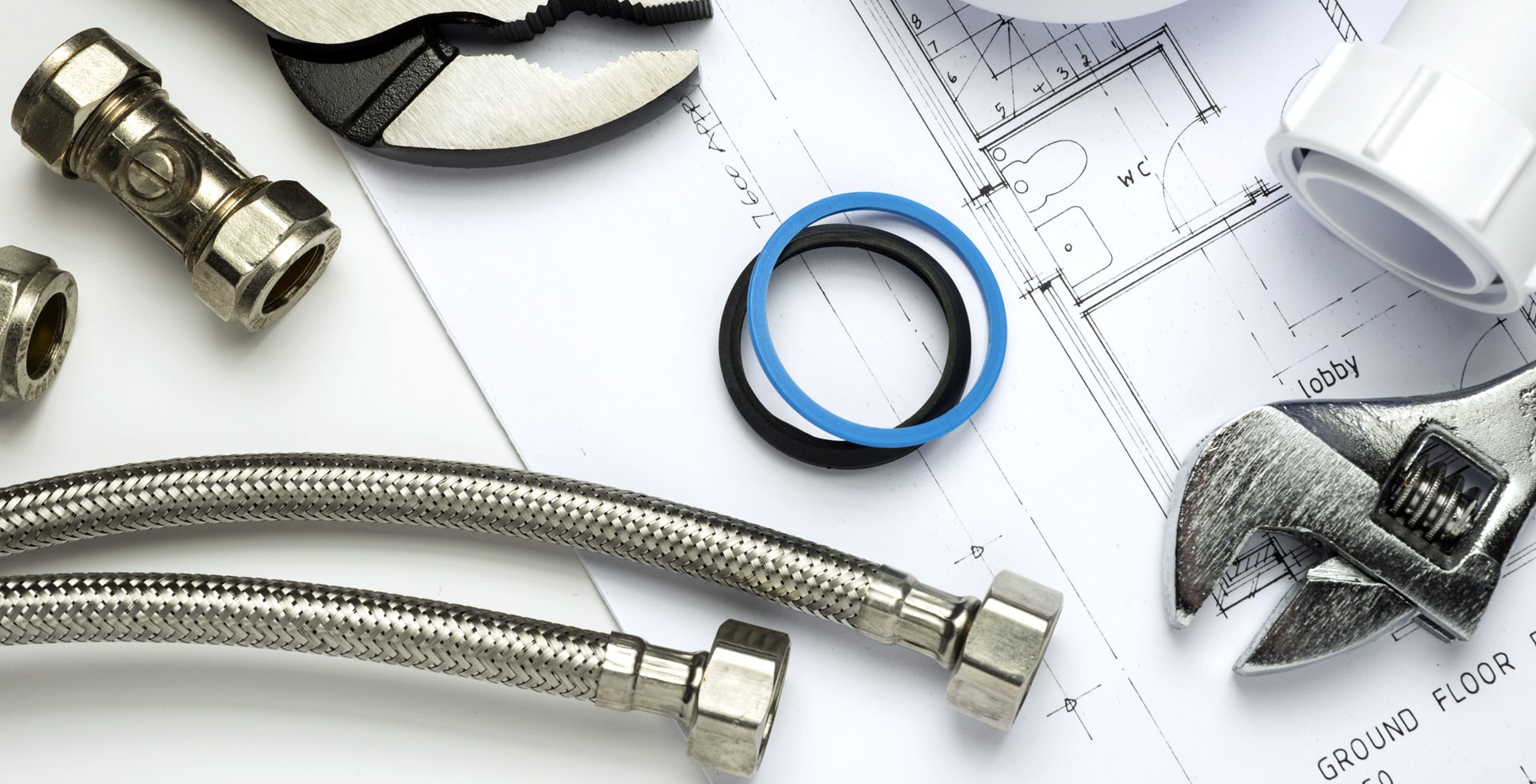“`html
How to Prevent Lock Damage From Extreme Weather
Extreme weather conditions can wreak havoc on your home, particularly on door and window locks. Whether it’s freezing temperatures, heavy rain, or intense heat, these environmental factors can cause locks to malfunction or become damaged. In this blog post, we will discuss effective strategies to prevent lock damage from extreme weather, ensuring that your home remains secure and your locks remain functional.
Understanding the Impact of Extreme Weather
Before implementing preventative measures, it’s vital to understand how different weather conditions can affect locks:
- Cold Weather: Extreme cold can cause metal to contract, potentially leading to weakened locks or frozen mechanisms.
- Heat: High temperatures can cause materials to expand, which might jam locks or lead to misalignment.
- Humidity: Moisture can lead to rusting in metal locks or cause wooden doors and frames to swell, affecting lock functionality.
Preventative Measures for Protecting Your Locks
To avoid lock damage from extreme weather, consider the following strategies:
1. Choose Quality Locks
Investing in high-quality locks made from durable materials can significantly enhance your home’s resistance to harsh weather conditions. Look for locks that are:
- Weather-resistant
- Corrosion-resistant
- Designed to operate smoothly in extreme temperatures
2. Regular Maintenance
Performing regular maintenance on your locks is essential. This includes:
- Cleaning your locks periodically to remove dirt and debris.
- Applying a silicone-based lubricant to prevent freezing in cold weather.
- Checking for rust and applying anti-rust spray as needed.
3. Use Weatherproofing Products
Implement weatherproofing measures around your locks to safeguard against extreme weather:
- Weather Stripping: Add weather stripping around door frames to reduce exposure to moisture and temperature extremes.
- Lock Covers: Consider using lock covers or dust caps to protect against rain, snow, or ice.
- Sealant: Apply a suitable sealant to outdoor lock installations to protect metal components from moisture.
4. Insulate Your Doors and Windows
Proper insulation can help regulate temperature and reduce the impact of extreme weather on locks:
- Install insulated doors and windows designed to withstand harsh climates.
- Ensure that your entry points are properly sealed to prevent drafts.
5. Avoid Using Excessive Force
In cold weather, locks may become stiff or frozen. Instead of using excessive force:
- Gently tap the lock with a rubber mallet to loosen it.
- Use lock de-icers or sprays designed for low temperatures to safely unfreeze locks.
6. Monitor Continuously During Severe Weather
Remain vigilant during periods of extreme weather:
- Check locks regularly after severe weather events to identify any potential issues.
- Inspect home entry points for any signs of damage or malfunction.
Consider Professional Assistance
If you are uncertain about the state of your locks or the effectiveness of your preventative measures, it may be wise to consult a professional locksmith. They can provide expert advice on:
- Lock selection for specific weather conditions
- Maintenance tips tailored to your local climate
- Installation of high-security or weather-resistant locks
Concluding Thoughts
Protecting your locks from extreme weather is an essential aspect of home security. By investing in quality locks, performing regular maintenance, utilizing weatherproofing products, and monitoring your locks continuously, you can significantly reduce the risk of lock damage. Remember, a little forethought and preparation can go a long way in maintaining the functionality and security of your home. Stay safe and secure all year round!
“`

